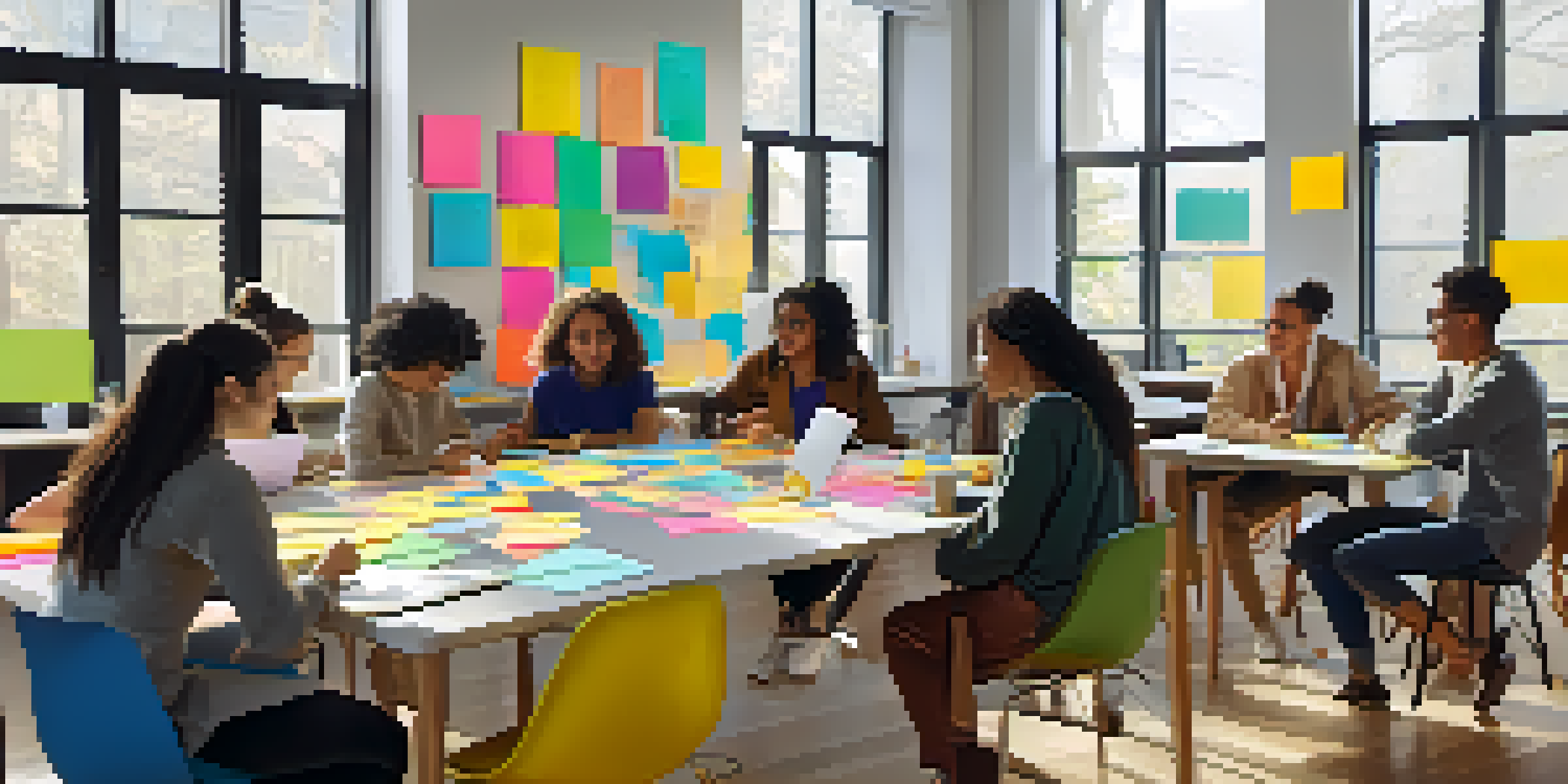Creating Collaborative Learning Pathways for Students

Understanding Collaborative Learning Pathways
Collaborative learning pathways are structured approaches that encourage students to work together towards common educational goals. They foster an environment where sharing ideas and resources becomes second nature, promoting deeper understanding and retention of knowledge. When students collaborate, they not only learn from each other but also develop critical social and communication skills that will benefit them in the future.
The Importance of Student Engagement
Engagement is key when it comes to collaborative learning. Students are more likely to invest their time and effort when they feel their contributions matter. By fostering a sense of ownership over their learning, educators can ignite passion and motivation, making the learning process not just educational, but also enjoyable.
Collaboration Enhances Learning
Collaborative learning pathways foster teamwork, leading to deeper understanding and retention of knowledge.
Setting Clear Goals and Objectives
Before embarking on any collaborative learning journey, it's essential to set clear goals and objectives. This helps guide students and keeps them focused on the desired outcomes. Think of it like plotting a route for a road trip; without a map, you might end up lost or off course. Clear objectives prevent confusion and ensure everyone is on the same page.
Leveraging Technology for Collaboration
In today's digital age, technology plays a pivotal role in facilitating collaboration among students. Tools like Google Docs, Slack, and Zoom can enhance communication and streamline project management. By incorporating these technologies, educators can create flexible environments where students can collaborate both in and out of the classroom, breaking down barriers of time and space.
Engagement Drives Success
When students feel their contributions matter, their engagement increases, igniting passion and motivation in the learning process.
Diverse Group Dynamics and Roles
Diversity within groups enriches the collaborative experience, bringing different perspectives and ideas to the table. Assigning specific roles can help manage group dynamics and ensure active participation from everyone. For instance, having a facilitator, a note-taker, and a presenter can help structure the collaboration, making it more effective and organized.
Encouraging Reflection and Feedback
Reflection and feedback are crucial components of the learning process. After completing collaborative projects, students should be encouraged to evaluate their experiences and share insights. This not only promotes self-awareness but also helps in identifying areas for improvement in future collaborations, creating a cycle of continuous learning.
Technology Facilitates Cooperation
Leveraging tools like Google Docs and Zoom helps break down barriers, enabling effective collaboration both in and out of the classroom.
Assessing Collaborative Learning Outcomes
Evaluating the effectiveness of collaborative learning pathways is essential to understanding their impact on student success. This can be done through a combination of self-assessments, peer evaluations, and teacher observations. By analyzing the outcomes, educators can refine their approaches and ensure that students are gaining the intended skills and knowledge.
Celebrating Achievements and Building Community
Recognizing and celebrating the achievements of collaborative projects fosters a sense of community among students. This can range from showcasing projects in a school exhibition to simply acknowledging contributions in class. Celebrations not only boost morale but also reinforce the value of teamwork, encouraging students to continue collaborating in their future endeavors.